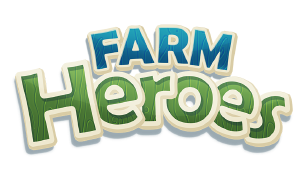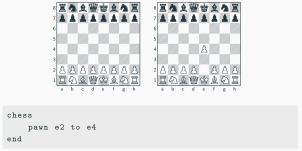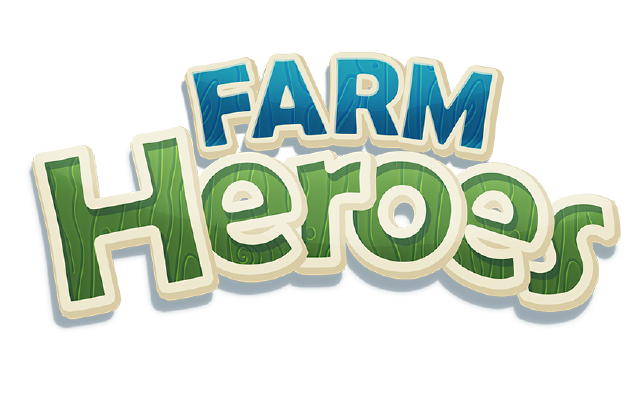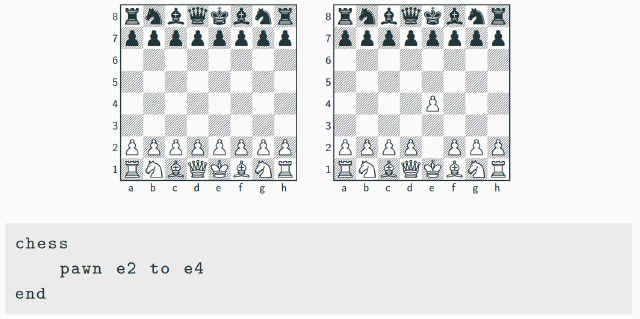About

Greetings! I am Toby, a game developer and Computer Science MEng student at the University of Warwick, graduating in 2022. Some interesting projects I’ve been involved with include:
- Working on Farm Heroes Saga during an internship at King (including Gameplay and UI programming)
- Co-authoring a paper for, and subsequently presenting at, the Haskell Symposium 2021 on my research into type-level Chess programming in Haskell, lovingly nicknamed Chesskell
- Leading a team of 9-10 IT trainees during my time as Co-IT Officer at the Warwick Student Cinema, including running training sessions, assigning tasks, and delegating responsibilities





